One of the exercises I have been programming a lot lately is jerk steps. I first saw this exercise sometime in 2015 being performed by James Tatum while he was still training at the Muscledriver USA facility. I listened to some of his reasoning behind the movement and why he came to add it to his programming. I began to use it in my personal programming, then slowly began to integrate it into the programming I use for the Butcher Barbell athletes. When I transitioned from training in a large facility to my garage, I had to transition from walking jerk steps to stationary jerk steps and found that the stationary variation had its own benefits that were additional to the original purpose of the exercise. In this post I am going to address the exercise and provide a link to a video demonstration.
EQUIPMENT
Barbell and Plates
Squat Rack or Stands.
SETUP
Set the bar in the rack at the same height you would use for a back squat. Place the bar in the back rack position, and walk out of the rack. You will want to back up farther from the rack than if you were just performing a back squat.
EXECUTION
From the starting position, Step forward into a quarter lunge position that mimics your foot position for the Split Jerk. For the walking variation, step the front foot back about half the length of the split, and then step the rear foot forward until it is in line with the front foot. For the Stationary variation, which is demonstrated below, step the front foot back 2 times until it is in line with the rear foot. Repeat with the opposite leg.
POINTS OF PERFORMANCE
-When stepping into the split, drive the back leg into the ground to propel the front foot forward.
-Focus on sending the front foot WITHOUT the torso falling over the front leg. Keep the torso balanced between the front and back legs in the split.
-Torso should stay vertical in the split position.
WHY
This exercise is great for all lifters but especially for lifters who have inconsistent foot place in the as it reinforces proper footwork under load but at a lower speed. James (Tatum) has been known to say that he adds it in to assist with muscular balance in his hips. He says he uses the exercise when he notices he is beginning to twist when recovering in the jerk or when recovering up from the squat in a clean or snatch. I will use the exercise to teach how to balance the load in the split from front to back, IE if I have an athlete who is loading their front knee too much in the jerk I will have them regularly perform Jerk Steps to help them become comfortable in the proper position. I also use this exercise to improve an athlete’s ability to “stop” the weight from pushing them down into the split. This is important for lifters who use the split style outside of the jerk such as the split snatch.
WHEN AND HOW MUCH
I like this exercise on heavier days, which are usually M/W/F for my programs, and towards the latter portion of the workout after snatches, clean and jerks and pulls. Usually I will program this exercise after squats as well. Usually, I will program 3-4 working sets of 10 reps (alternating front leg each rep) above 80% of the athletes 1RM jerk. I have programmed as much volume as 14 reps/set and have programmed the intensity as high as 110% of the athletes 1RM jerk. I do find the stationary variation to be more difficult than the walking variation so I will program the reps and intensity down when choosing stationary jerk steps.
-Stephen Butcher
Sign up for the Train Heroic Team Here
Video:
Stationary:
